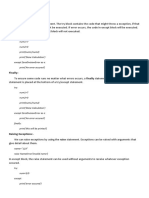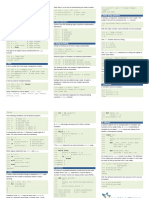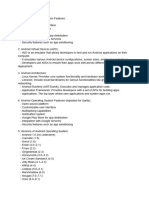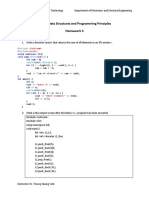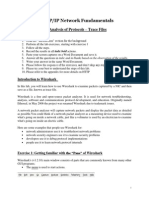0% found this document useful (0 votes)
10 views3 pages1-10 Py
The document discusses various Python concepts including defining functions, using the math module, namespaces, modules, opening files, exception handling, and concatenating strings.
Uploaded by
zyaaryanCopyright
© © All Rights Reserved
We take content rights seriously. If you suspect this is your content, claim it here.
Available Formats
Download as PDF, TXT or read online on Scribd
0% found this document useful (0 votes)
10 views3 pages1-10 Py
The document discusses various Python concepts including defining functions, using the math module, namespaces, modules, opening files, exception handling, and concatenating strings.
Uploaded by
zyaaryanCopyright
© © All Rights Reserved
We take content rights seriously. If you suspect this is your content, claim it here.
Available Formats
Download as PDF, TXT or read online on Scribd
/ 3











